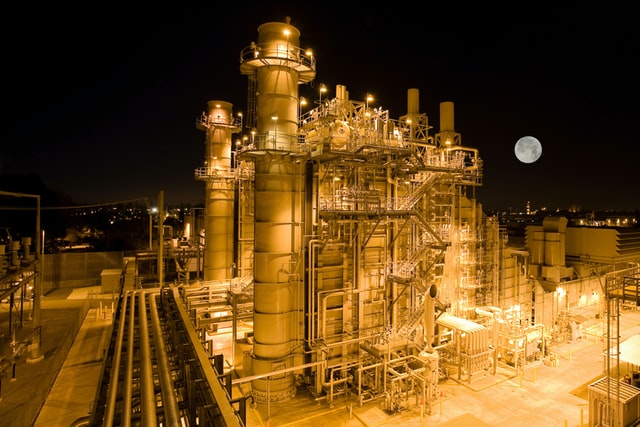 Photo by on
Photo by on
Liquefied natural gas (LNG) has transformed global energy markets, in large part because of U.S. emergence as a leading exporter. However, the environmental impact of LNG, particularly greenhouse gas (GHG) emissions, remains contentious.A , Gas Pathing: Improved Greenhouse Gas Emission Estimates of Liquefied Natural Gas Exports through Enhanced Supply Chain Resolution, published in ACS Sustainable Chemistry & Engineering, sheds new light on this issue.
Revolutionizing Life Cycle Assessments
Life Cycle Assessments (LCAs) are vital for evaluating LNG’s environmental footprint, covering its journey from extraction to end use. This new study by Roman-White et al. refines LCA methodologies, improving accuracy and offering actionable insights. Building upon earlier research sponsored by Cheniere Energy, it delves deeper into emissions variability across LNG supply chains.Key Findings
Methodology and Approach
The study utilized detailed data from two U.S. liquefaction facilities, analyzing various stages of the LNG supply chain. These included production, processing, transmission, liquefaction, and shipping. By applying their gas pathing algorithm, researchers crafted a comprehensive emissions profile, accounting for regional and operational nuances.
Implications for the Energy Sector
Contextual Discussion
This study adds depth to ongoing debates about LNG’s environmental implications. A recent Forbes article that LNG might exceed coal in emissions. However, Roman-White et al.’s detailed LCAs suggest that LNG’s emissions are often lower than earlier estimates, depending on specific pathways. This highlights the importance of granular data in evaluating energy sources.
Conclusion
The study by Roman-White et al. marks a pivotal advancement in quantifying LNG’s GHG emissions. By refining methodologies and embracing detailed, data-driven approaches, it provides a clearer picture of LNG’s environmental footprint. This research not only aids policymakers and industry stakeholders but also supports global efforts toward more sustainable energy practices.More By This Author:

